Choosing the Best Logs for Your Log Burner, Fireplace, or Wood Stove This Winter
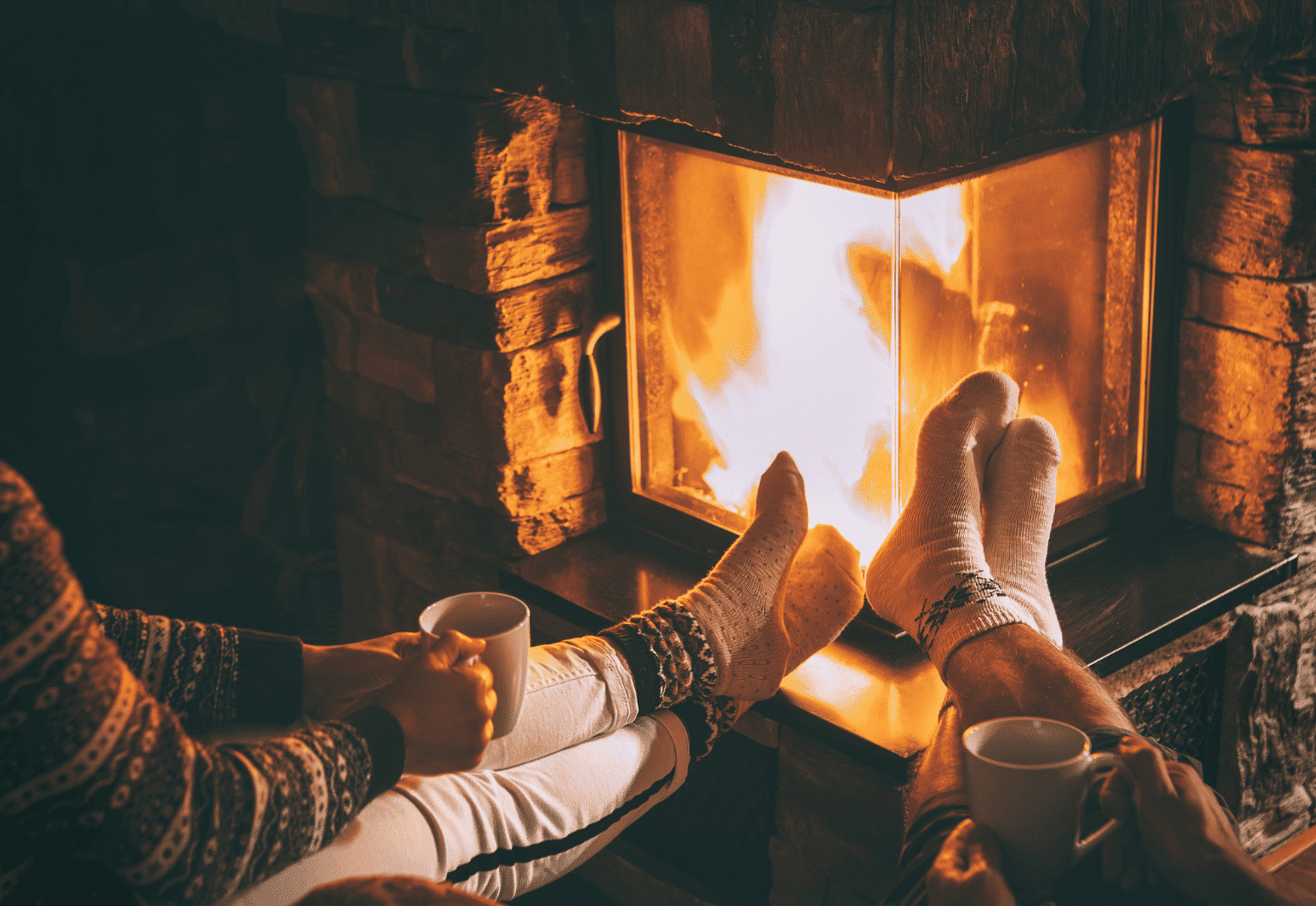
Optimise Your Winter Heating: Choosing the Right Logs
As winter approaches and temperatures drop, selecting the right logs for your log burner, fireplace, or wood stove becomes crucial for maintaining warmth and comfort in your home. The type of wood you choose directly impacts not only the heat output but also the efficiency of your heating appliance. Understanding the characteristics of different wood types can help you make informed decisions that enhance your winter heating experience.
In this article, we will explore the differences between hardwoods and softwoods, highlight the best wood choices for winter heating, and provide insights into how these factors affect performance in your log burner, fireplace, or wood stove.
Understanding Wood Types
Hardwoods
- Characteristics: Derived from slow-growing deciduous trees like oak and ash, hardwoods are denser and have a higher energy content.
- Burning Properties: They provide a longer burn time and consistent heat output, making them ideal for log burners and wood stoves during winter.
Softwoods
- Characteristics: Sourced from faster-growing trees such as larch, pine and spruce, softwoods ignite quickly and produce a higher initial flame.
- Burning Properties: Softwoods are particularly effective for kindling and quick-lighting fires.
Summary
While hardwoods are generally preferred for long-lasting fires due to their density and energy content, softwoods offer unique benefits that make them valuable for kindling or for quick fires. Their quick ignition properties, high heat output, clean burn characteristics, pleasant smell, and environmental advantages position them as an excellent choice for many users.
-

Kiln Dried Hardwood Logs Bulk Bags
Price range: £169.00 through £299.00 Select options This product has multiple variants. The options may be chosen on the product page -
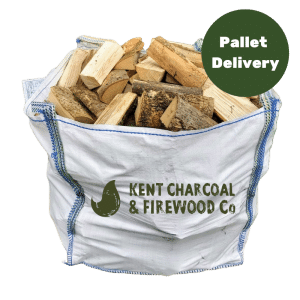
Wood Burner Dry Logs Bulk Bags
Price range: £154.00 through £269.00 Select options This product has multiple variants. The options may be chosen on the product page -
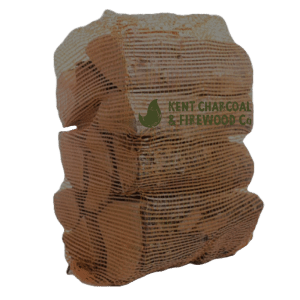
Kiln Dried Hardwood Logs
Price range: £24.99 through £259.00 Select options This product has multiple variants. The options may be chosen on the product page -
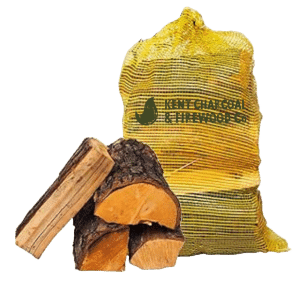
Wood Burner Logs
Price range: £22.00 through £249.00 Select options This product has multiple variants. The options may be chosen on the product page
Best Wood Choices for Winter Heating
When selecting logs for your log burner, fireplace, or wood stove this winter, consider these specific wood types known for their excellent burning properties:
- Birch: This wood is favoured for its quick-burning nature while still providing good heat output. Birch logs produce bright flames and a pleasant aroma, making them an enjoyable choice for cosy evenings.
- Oak: As one of the densest hardwoods available, oak burns slowly and steadily. It is an excellent option for those looking to maintain a consistent heat source throughout the night.
- Olive: Known for its density and low moisture content, olive wood offers a slow burn with a delightful aroma. This makes it an excellent choice for both heating and enhancing the ambience of your fireplace.
By understanding these differences in wood types and their burning characteristics, you can select the best logs for your log burner, fireplace, or wood stove this winter. Choosing high-quality firewood will not only improve heating efficiency but also enhance your overall experience during those chilly months.
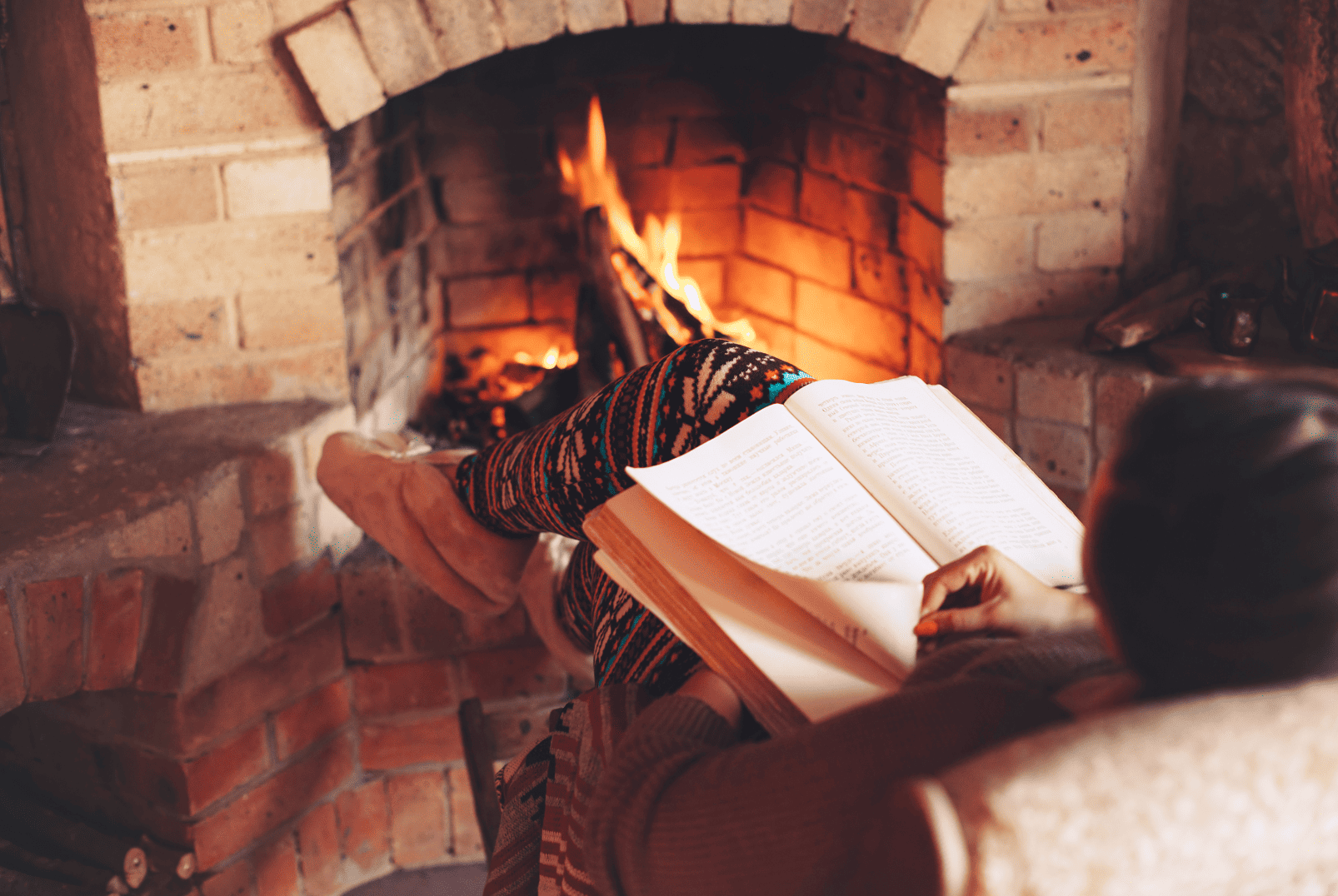
Moisture Content
Importance of Moisture Levels
Moisture content is a critical factor that significantly affects the combustion efficiency and heat output of the logs you use in your log burner, fireplace, or wood stove. When firewood has a high moisture content, it requires more energy to evaporate the water before combustion can occur. This means that a substantial amount of the heat generated during burning is wasted on evaporating moisture rather than producing warmth.
For optimal burning, firewood should have a moisture content between 15% and 20%. Within this range, logs ignite easily and burn efficiently, providing maximum heat output while minimising smoke and emissions. Using well-seasoned or kiln-dried firewood ensures that you get the most out of your heating appliance during the cold winter months.
Consequences of High Moisture Content
Burning logs with high moisture content can lead to several undesirable outcomes:
- Increased Smoke Production: Wet wood produces more smoke because the energy used to evaporate moisture prevents complete combustion of the wood. This not only reduces heat output but also contributes to air pollution.
- Lower Heat Output: High moisture levels cause less effective burning, meaning you won’t receive the warmth you expect from your log burner, fireplace, or wood stove.
- Chimney Safety Risks: Burning wet wood can lead to creosote buildup in your chimney. Creosote is a flammable substance that can accumulate over time, increasing the risk of chimney fires. Regular cleaning and maintenance become essential when burning wet wood.
How to Check Moisture Content
Assessing the moisture content of your firewood is crucial for ensuring efficient burning. Here are some methods to check moisture levels:
- Visual Inspection: Look for signs of dryness in the logs. Well-seasoned wood typically has cracks in the ends and a lighter colour compared to freshly cut wood.
- Sound Test: Tapping two logs together can provide an indication of their moisture content. Dry wood produces a sharp, ringing sound, while wet wood sounds dull and thud-like.
- Using a Moisture Meter: For the most accurate measurement, consider using a moisture meter specifically designed for firewood. These devices can give you a precise reading of moisture levels, helping you determine whether your logs are ready for burning.
Selecting the Right Logs
Recommendations for Log Selection
When choosing logs for your log burner, fireplace, or wood stove this winter, consider these tips:
- Mix Hardwoods and Softwoods: A combination of hardwoods and softwoods can provide a balanced performance. Hardwoods offer longer burn times and higher heat output, while softwoods ignite quickly and are great for kindling.
- Prioritise Seasoned or Kiln-Dried Logs: Always opt for seasoned or kiln-dried firewood when possible. These types of logs have lower moisture content, ensuring better combustion efficiency and reducing harmful emissions.
Sourcing Quality Firewood
The quality of your firewood is paramount for effective heating:
- Buy from Reputable Suppliers: Purchase your logs from suppliers who guarantee low moisture content and source their wood from sustainably managed woodlands. This not only ensures you receive high-quality firewood but also supports environmentally responsible practices.
By focusing on moisture content and selecting the right logs for your log burner, fireplace, or wood stove, you can enhance your winter heating experience while promoting safety and efficiency in your home.
Practical Tips for Efficient Burning
Packing Logs in Your Burner or Stove
Properly packing logs in your log burner, fireplace, or wood stove is essential for maximising airflow and heat output. Here are some effective techniques to consider:
- Layering Technique: Start by placing larger logs at the bottom of the firebox. This provides a stable base and allows a longer burn time. Next, add smaller logs on top of the larger ones in a crisscross pattern. This arrangement promotes better airflow, which is crucial for efficient combustion.
- Crisscross Pattern: By stacking the logs in a criss cross manner, you create spaces between the logs that facilitate air circulation. Good airflow helps the fire to ignite more easily and burn hotter, ensuring that you get the most heat out of your firewood.
- Leave Space for Airflow: Avoid overloading your burner or stove. Leaving adequate space between logs allows air to flow freely, which is necessary for maintaining a strong flame and preventing smoke buildup.
Lighting Techniques
Starting a fire effectively can make all the difference in achieving optimal performance from your log burner, fireplace, or wood stove. Here are some recommended methods for lighting your fire:
- Top-Down Lighting Method: This technique involves placing larger logs at the bottom and smaller kindling on top. When you light the kindling, it burns downwards, igniting the larger logs as it burns. This method reduces smoke production and leads to a hotter initial flame.
- Using Dry Kindling: Always use dry kindling or fire starters to help ignite your fire quickly. Small twigs, dry leaves, or commercially available fire starters can be very effective in getting your fire going.
- Avoiding Accelerants: While it may be tempting to use lighter fluid or other accelerants, these can produce harmful fumes and increase the risk of chimney fires. Stick to natural materials for lighting your fire.
Wrapping Up
Choosing the right logs for your log burner, fireplace, or wood stove this winter is crucial for maximising heat output and ensuring efficient combustion. By understanding the importance of wood types, moisture content, and proper burning techniques, you can create a warm and inviting atmosphere in your home while minimising environmental impact.
Remember to select seasoned or kiln-dried firewood, pack your logs effectively to promote airflow, and use proper lighting techniques to enjoy a safe and enjoyable burning experience throughout the colder months. With these tips in mind, you can make the most of your heating appliance this winter and ensure that your home remains cosy and comfortable all season long.
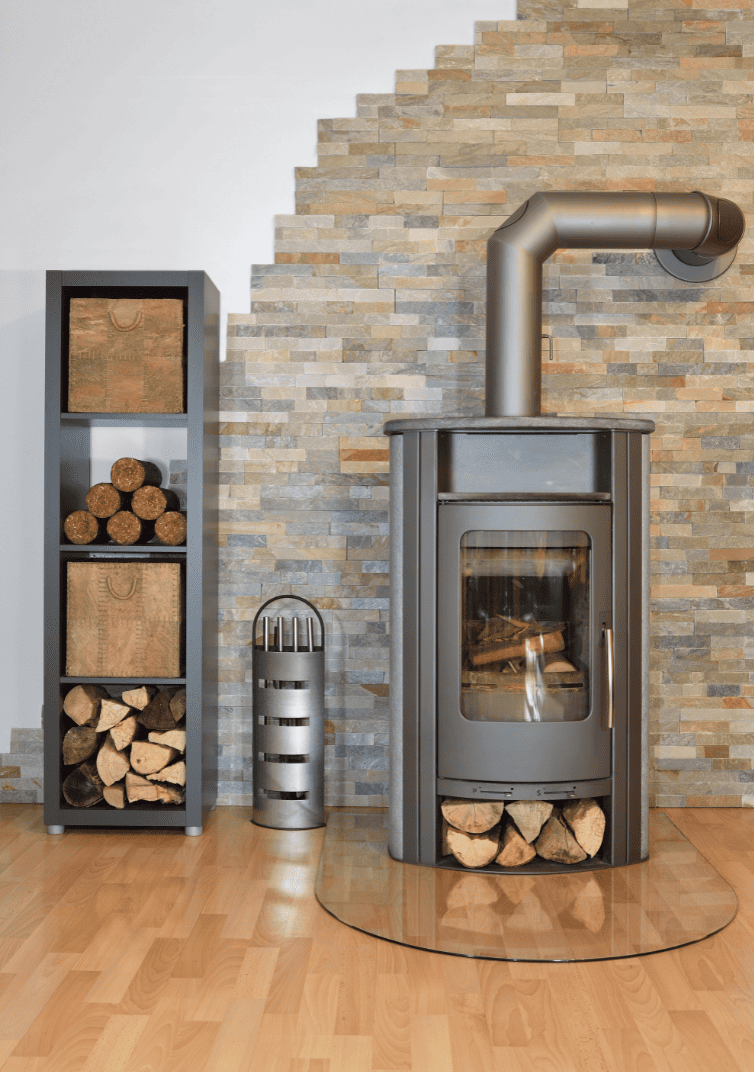
Experience the Warmth of Premium Firewood This Winter!
Don’t let the cold weather catch you unprepared! At Kent Charcoal & Firewood, we offer a wide selection of kiln-dried firewood and hardwood logs perfect for your log burner, fireplace, or wood stove. Our premium firewood guarantees an easy-to-light, long-lasting burn that will keep your home warm and cosy during those chilly nights.
Shop now for high-quality firewood sourced from sustainably managed woodlands, ensuring you stay warm while being environmentally responsible. Whether you need bulk bags or smaller quantities, we have the perfect solution for your heating needs.
Visit us today at Kent Charcoal & Firewood and make this winter your cosiest yet!